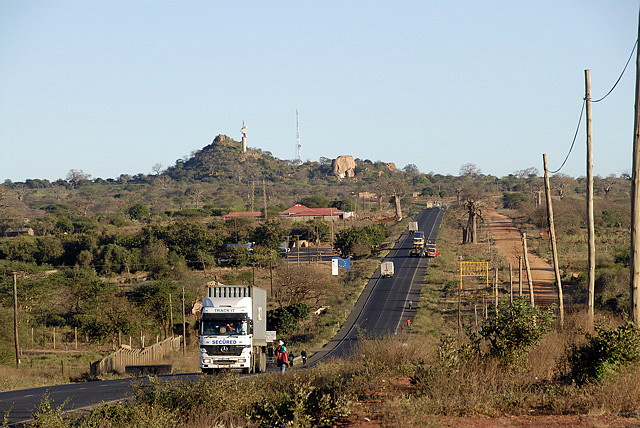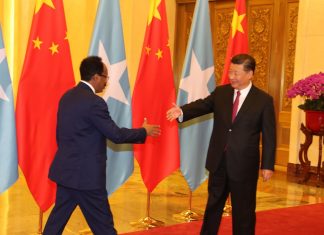One day after President Barack Obama announced a groundbreaking initiative to double access to power in sub-Saharan Africa, he launched Trade Africa, a partnership between the United States and sub-Saharan Africa aimed at increasing intra-Africa trade and expanding trade and economic ties between Africa, the United States and other global markets.
In making the expansion of intra-Africa its centerpiece, Trade Africa adds a new, more urgent dimension to U.S.-sub-Saharan Africa economic relations, heretofore defined by former President Bill Clinton’s landmark African Growth and Opportunity Act (AGOA).
Trade Africa also clearly has both U.S. and African small and medium-size enterprises in mind with an agenda that covers trade and investment resource centers, business services, business-to-business matchmaking, trade missions and trade shows.
“Across the board, we want to step up our game,” President Obama told business leaders on July 1 in Tanzania, the last leg of his three-country Africa tour. “I’m making this trip early in my second term, because I intend for this to be the beginning of a new level of economic engagement with Africa.”
With its broader, more external focus, AGOA seeks to stimulate economic growth in sub-Saharan Africa by freeing up access to U.S. markets for a range of manufactured goods from the region. While this encourages the diversification of exports away from primary commodities, the legislation places strict conditions on access, rewarding countries that meet specific political, economic and social criteria.
The ideal AGOA beneficiary is a market-based economy that observes the rule of law, practices political pluralism, eliminates barriers to U.S. trade and investment, protects intellectual property, combats corruption, implements policies to reduce poverty, increases the availability of health care and educational opportunities, protects human rights and worker rights, and eliminates certain child labor practices.
Initially targeting the East African Community (comprising Burundi, Kenya, Rwanda, Tanzania, Uganda) Trade Africa homes in on the removal of tariff and non-tariff barriers to intra-Africa trade as a faster stimulant to economic growth. Indeed, the first phase of Trade Africa aims to double intra-regional trade in the EAC, reduce by 15 percent the average time needed to import or export a container from the ports of Mombasa or Dar es Salaam to land-locked Burundi and Rwanda, and decrease by 30 percent the average time a truck takes to transit selected borders.
With a population of more than 130 million, innovative local enterprises, an educated, globalized middle class, a pro-business environment and a gross domestic product that quadrupled in 10 years to $80 billion, the EAC represents a significant market opportunity for U.S. exports and investment.
That also makes it an ideal location for the U.S. to begin stepping up its economic game in sub-Saharan Africa, building on AGOA.
Under Trade Africa, the United States will establish public-private partnerships with East African and U.S. industries and trade associations to boost AGOA trade. Phase one of the initiative aims for a 40 percent increase in EAC exports to the United States. Washington will work with EAC governments and national export associations to develop export strategies, and will establish export resource centers across the EAC to provide sustainable services for firms looking to export under AGOA.
Public-private partnerships will also focus on building capacity in African business organizations to provide sustainable business services and to promote investment in key African growth sectors, including agriculture, health, clean energy, environment and trade-related infrastructure.
Trade Africa-related activities already under way include:
* Exploration of a U.S.-EAC Investment Treaty to contribute to a more attractive investment environment;
* Negotiations on a Trade Facilitation Agreement and expansion of the U.S.-EAC Trade and Investment Partnership to include regulatory issues that affect the competitiveness of EAC regional and global trade (including with the United States), particularly the development of product standards, and regulatory systems related to food safety and plant and animal health;
* Establishment of a new U.S.–EAC Commercial Dialogue to bring the private sector together with policy makers and increase opportunities for trade and investment;
* Transformation of the U.S.–Africa Trade Hubs into U.S. Trade and Investment Centers to provide information, advisory services and risk mitigation and financing to encourage linkages between U.S. and East African investors and exporters; and,
* Advancing president Obama’s “Doing Business in Africa” campaign to encourage U.S. businesses to take advantage of growing trade and investment opportunities and to promote trade missions, reverse trade missions, trade shows and business-to-business matchmaking in key sectors.













